Options Trading for the Conservative Investor: Increasing Profits without Increasing Your Risk
$10.57
| Author(s) | |
|---|---|
| Pages |
280 |
| Format |
|
| Publication Year |
2005 |
Options Trading for the Conservative Investor provides a lucid guide for how to approach options trading conservatively, yet also focuses on the fundamental need for good returns and provides real examples throughout.
Introduction:
Investors tend to be aware of the potential for high returns without also acknowledging that such strategies are usually accompanied by unavoidable high risks. This is where the inexperienced suffer losses in the market. The lack of experience that attracts the novice to speculation in options and other high-risk strategies has caused much grief in the market.
When we look back at the dotcom years, we see that many first-time investors made quick paper profits, only to lose it all in a sudden reversal of fortunes. But conservative investors know that putting all of their capital in a single industry is ill advised, especially if they select companies that have never reported a net profit or whose stock has risen over $200 per share in a few months or whose actual core business is only vaguely defined. Given these observations, conservative investors naturally seek methods for using their capital that achieve some very specific goals, including the following:
- Preserving spending power after both inflation and taxes.
- Avoiding unacceptable market, liquidity, and diversification risks.
- Protecting profits without loss of invested positions.
This book does not suggest that you have to become an expert in a broad range of complex or exotic options strategies. Instead, it proposes a rather limited number of strategies appropriate for conservative investors. Our purpose is to respect the risk limitations in the conservative strategy while showing how experienced stock market investors can expand their yield levels significantly, protect existing positions, and come through down cycles in the market intact.
Contents:
- SETTING THE GROUND RULES
- OPTION BASICS
- OPTIONS IN CONTEXT
- MANAGING PROFITS AND LOSSES
- OPTIONS AS CASH GENERATORS
- ALTERNATIVES TO STOCK PURCHASE
- OPTION STRATEGIES IN DOWN MARKETS
- COMBINATION CONSERVATIVE TECHNIQUES
- STOCK SELECTION AND THE OPTION CONTRACT
Options Trading for the Conservative Investor: Increasing Profits without Increasing Your Risk By Michael C. Thomsett pdf
6 reviews for Options Trading for the Conservative Investor: Increasing Profits without Increasing Your Risk
Clear filtersOnly logged in customers who have purchased this product may leave a review.

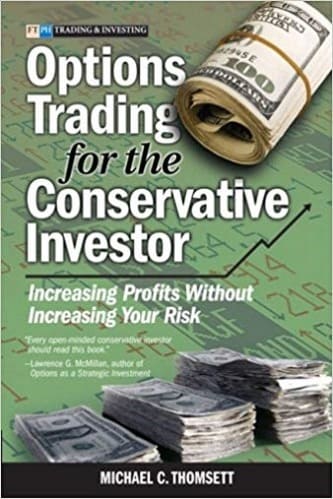
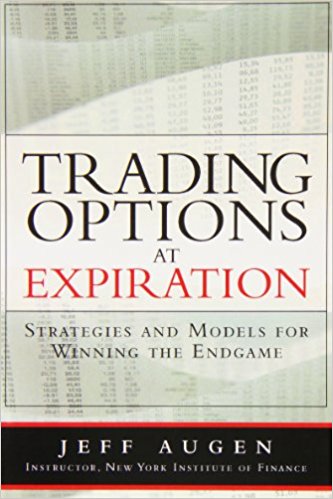
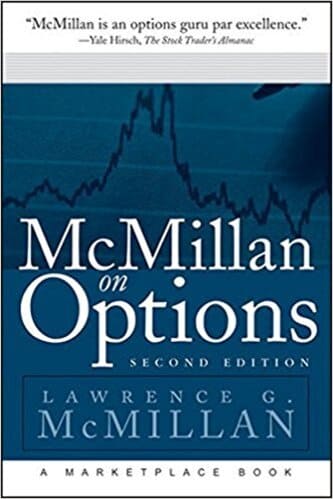
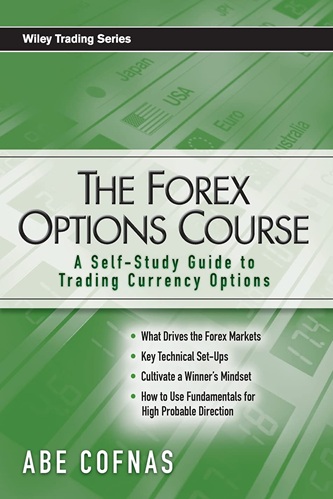
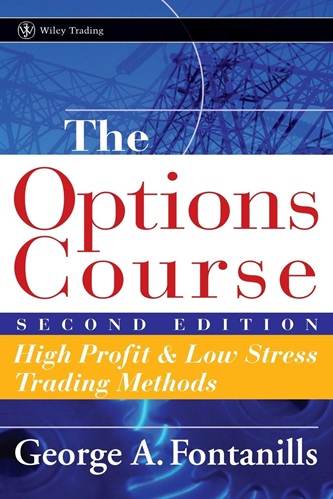


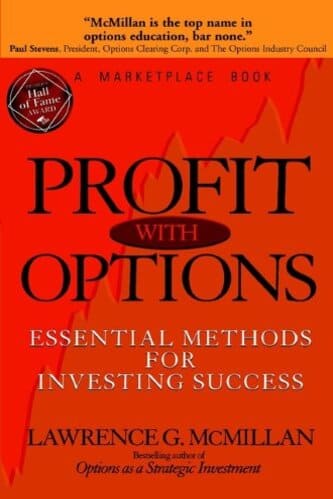
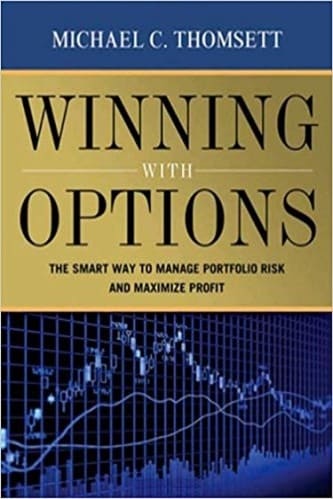
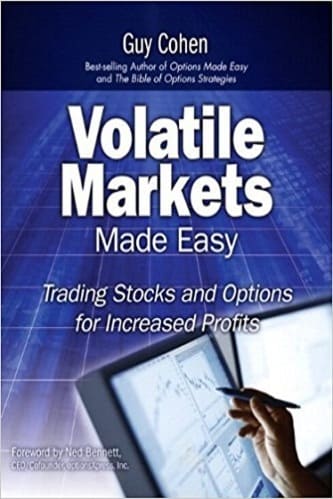
Everest Harris (verified owner) –
I get a little annoyed by books touting these extreme option premiums and doing the math to show these impressive returns. For example, on page 15, he mentions a stock trading at 38 with a strike price of 40 and a call trading for 8. Wow, this is a 21.1 return! What is this a biotech stock with implied volatility of 200%? Later you get the drift that he mostly refers to LEAPS of 27 months! He only lists a few examples that aren’t LEAPS and I suspect that is because it sounds better to say that one can make $800 on a $38 stock. Writing puts and calls for 27 months is ridiculous. Not only is your annualized return much lower, but by dealing with shorter time frames, you can hug the trend, earn a higher annualized premium and won’t have your capital locked up for 2 years. For example, if you buy SPY, and then write a 2 year LEAPS call for 15 points higher, and then it gets beyond that in 6 months, do you really want to have your capital just sitting around during the remaining time waiting to be exercised?
He also overstates rolling calls that have become at or in the money. He at one point suggests one can roll these indefinitely. In a strong bull market, you may be continually rolling up a few strikes and out a few months, but eventually you are going to hit the last LEAPS series and will be stuck. In this situation you end up just delaying the inevitable loss or calling out of your shares.
Strategies like the ‘ratio write’ isn’t what your average trader would consider a ‘ratio write’ where you buy a call and write two at a higher strike. No, his version is to sell some covered calls paired with a bear call spread. wtf? why not just call it what it is?
One thing that drove me nuts about this book was the REPETITION. He could have condensed this book to 40 pages if he would have omitted the fluff. It was so annoying to read the same sentences and points over and over. So many words without really saying anything. Yes we get it, only sell calls on appreciated stock! Yes, we get it, annualize the returns to make a fair comparison.
Pretty much this book says, sell covered calls on stocks you already own, buy puts if you think there will be a downturn, or buy calls if you’d like to own more and the market has gone down. There are a lot of market timing assumptions.
About the only thing redeeming about this book was a page or two on the tax consequences of writing an in the money covered call.
Very elementary – I read this over the weekend. I can’t believe McMillan would write a blurb for this book because these authors aren’t in the same class. If you’ve never read anything related to options, you might get something out of this book if you can drudge through the repetition. However if you want some more advanced material that discusses some actual ideas for strategies, read one of McMillan’s books.
Reed Lucero (verified owner) –
I found this book totally incoherent. It did not help my understanding at all.
Ila Moody (verified owner) –
Very lucid for both beginners and the reasonably experienced investors
Possibly one of the best books for these two groups
Presley Madden (verified owner) –
This author makes option complexities understandable. Best of all he delivers on the promise of the title with basic, common sense strategy.
Penelope Walls (verified owner) –
In some ways, this is the best book on options that I have yet read. It certainly helped me understand selling calls, selling puts, and combinations better than any other book has. I also appreciated his constant reminders that he was discussing options in the context of a *conservative* portfolio.
However, the book is poorly structured, disorganized, and very repetitious. All of this makes it a bit difficult to pull out the pearls of wisdom.
Larry Velez (verified owner) –
I got the online version and its great. where ever i have a pc i can do some reading.